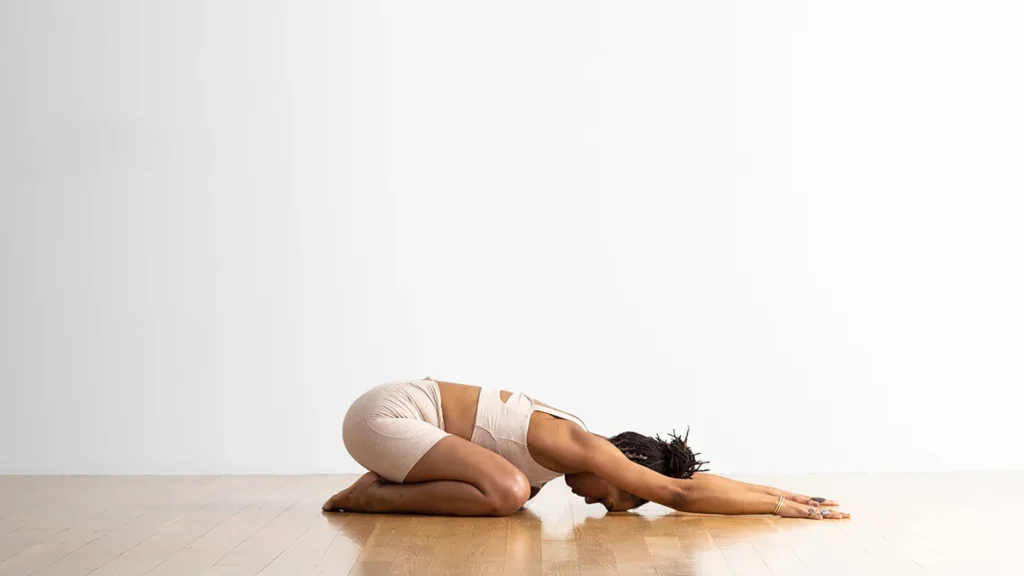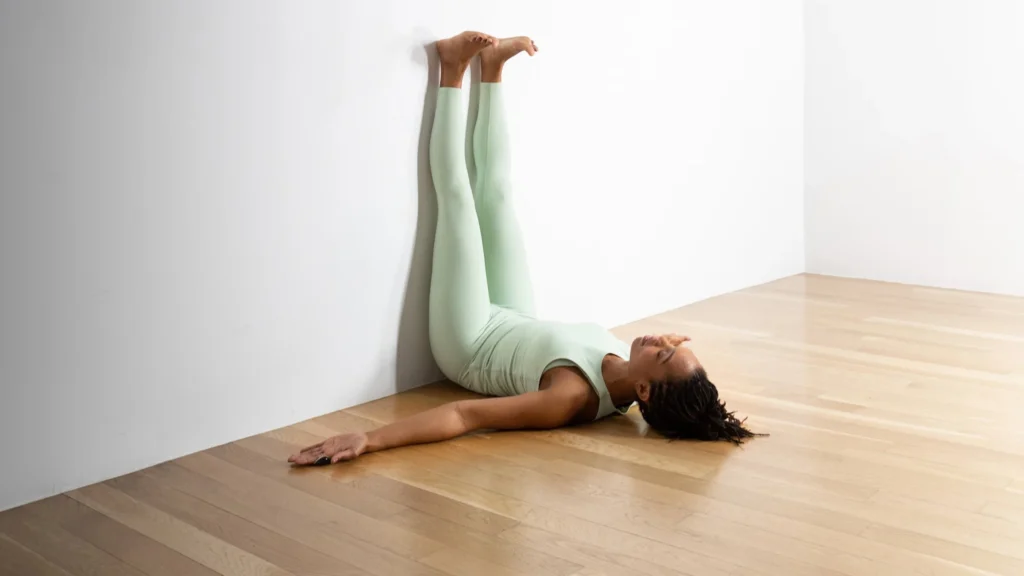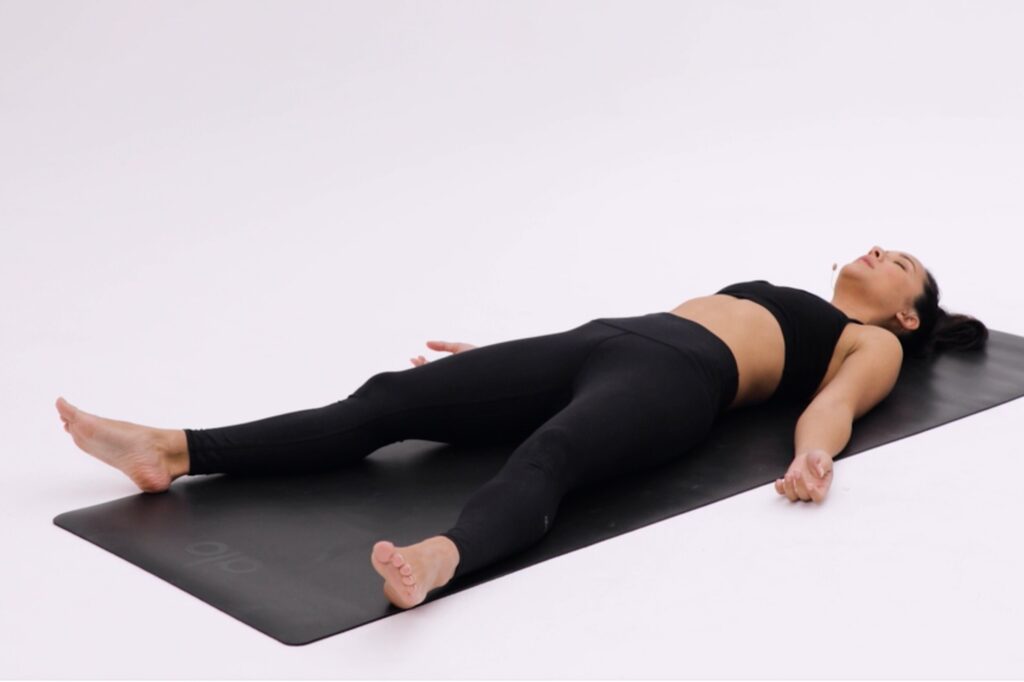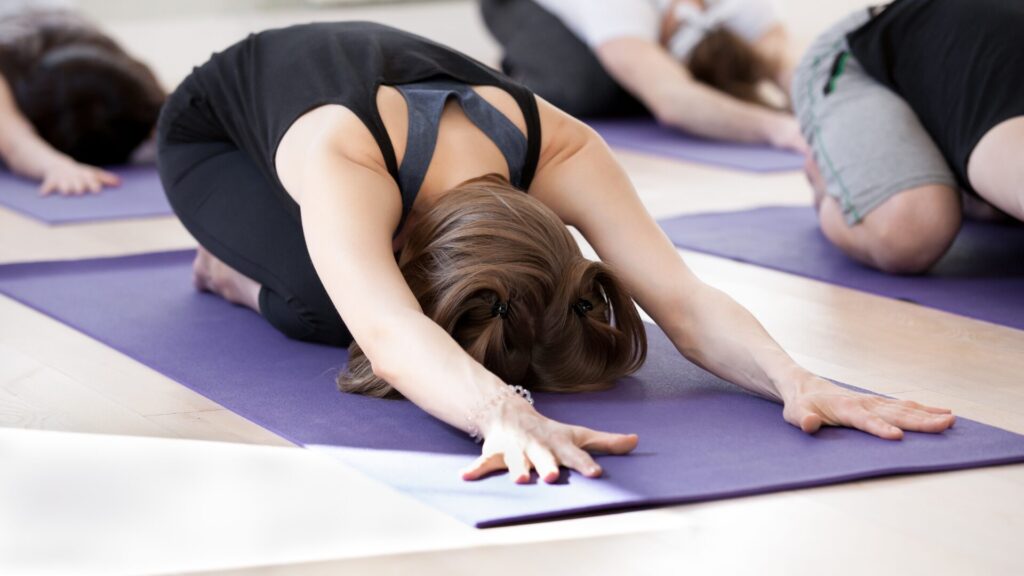Introduction
In today’s fast-paced world, stress has become a common part of everyday life. Whether it’s due to work pressures, personal issues, or the constant bombardment of information, managing stress is crucial for maintaining overall health and well-being. Yoga, an ancient practice that combines physical postures, breathing exercises, and meditation, has been proven to be highly effective in reducing stress and promoting relaxation. This article delves into the ways yoga can help relieve stress, exploring the science behind it and offering practical tips and poses to incorporate into your routine.
The Science Behind Yoga and Stress Relief
Understanding Stress: Stress is the body’s response to any demand or challenge. When we experience stress, our bodies release hormones like cortisol and adrenaline, which prepare us for a “fight or flight” response. While this reaction can be helpful in short bursts, chronic stress can lead to various health issues, including anxiety, depression, cardiovascular problems, and a weakened immune system.
How Yoga Helps: Yoga counteracts the effects of stress by promoting relaxation and reducing the levels of stress hormones in the body. It combines physical movement with breath control and meditation, which helps to calm the mind and reduce tension.
Physiological Benefits: Regular yoga practice has been shown to lower blood pressure, reduce heart rate, and improve heart rate variability—all indicators of reduced stress. Additionally, yoga enhances the production of endorphins, the body’s natural mood lifters, contributing to a sense of well-being.
Key Components of Yoga for Stress Relief

Physical Postures (Asanas): Asanas, or yoga postures, help release physical tension in the body. Gentle, restorative poses can be particularly effective in calming the nervous system and relaxing the muscles.
Breathing Exercises (Pranayama): Pranayama involves controlling the breath, which can directly influence the mind and emotions. Techniques like deep breathing, alternate nostril breathing, and the 4-7-8 breath help activate the parasympathetic nervous system, promoting relaxation and reducing anxiety.
Meditation and Mindfulness: Meditation practices in yoga encourage mindfulness, or the ability to remain present in the moment. This mindfulness reduces the tendency to ruminate on stressors, promoting a sense of peace and clarity.
Effective Yoga Poses for Stress Relief
Child’s Pose (Balasana): This resting pose is excellent for calming the mind and relieving stress. It gently stretches the back and shoulders, promoting relaxation.

Instructions:
- Kneel on the floor with your big toes touching and knees spread apart.
- Sit back on your heels and extend your arms forward, lowering your torso between your thighs.
- Rest your forehead on the mat and breathe deeply.
Cat-Cow Pose (Marjaryasana-Bitilasana): A gentle flow between Cat and Cow poses helps to relieve tension in the spine and synchronize movement with breath, promoting mental calmness.

Instructions:
- Start on your hands and knees in a tabletop position.
- Inhale, arch your back (Cow Pose), and lift your head and tailbone towards the ceiling.
- Exhale, round your spine (Cat Pose), and tuck your chin towards your chest.
- Repeat the sequence for several breaths.
Legs-Up-The-Wall Pose (Viparita Karani): This restorative pose helps improve circulation, relax the lower back, and calm the mind.

Instructions:
- Sit with one side of your body against a wall.
- Swing your legs up the wall as you lie down on your back.
- Adjust so that your hips are close to the wall and your legs are straight up.
- Rest your arms at your sides and breathe deeply.
Corpse Pose (Savasana): Savasana is the ultimate relaxation pose, allowing the body and mind to fully rest and integrate the benefits of the practice.

Instructions:
- Lie flat on your back with your legs slightly apart and arms at your sides, palms facing up.
- Close your eyes and take deep breaths, allowing your body to relax completely.
- Stay in this pose for several minutes, focusing on your breath and letting go of any tension.
Incorporating Yoga into Your Daily Routine
Start Small: Begin with a few minutes of yoga each day and gradually increase the duration as you become more comfortable with the practice.
Create a Calm Space: Designate a quiet, clutter-free area in your home for your yoga practice. This space should be inviting and conducive to relaxation.
Consistency is Key: Consistency is crucial for reaping the stress-relieving benefits of yoga. Aim to practice at the same time each day, whether it’s in the morning to start your day on a calm note or in the evening to unwind before bed.
The Broader Benefits of Yoga
Enhanced Emotional Well-being: Regular yoga practice helps to cultivate a positive mindset, reducing symptoms of anxiety and depression.
Improved Sleep: By reducing stress and promoting relaxation, yoga can improve sleep quality, helping you to wake up feeling more refreshed and rejuvenated.
Greater Self-Awareness: Yoga encourages self-reflection and mindfulness, helping you to become more aware of your thoughts, feelings, and bodily sensations. This increased self-awareness can help you to manage stress more effectively.
FAQs: Yoga for Stress Relief
- How often should I practice yoga to see stress relief benefits?
- Can beginners practice yoga for stress relief effectively?
- Are there any specific yoga styles best suited for stress relief?
- How does yoga compare to other stress-relief techniques like meditation or exercise?
- What should I do if I find it hard to relax during yoga?
- Can practicing yoga for stress relief also improve my overall physical health?
Conclusion
Yoga offers a holistic approach to stress relief, combining physical movement, breath control, and meditation to calm the mind and body. By incorporating yoga into your daily routine, you can significantly reduce stress levels, enhance emotional well-being, and improve your overall quality of life. Whether you’re a beginner or an experienced practitioner, the key is to practice regularly and mindfully, embracing the journey towards a more balanced and stress-free life.




Pingback: Stress Management Techniques: Effective Methods for Managing Stress in Daily Life - knowhub